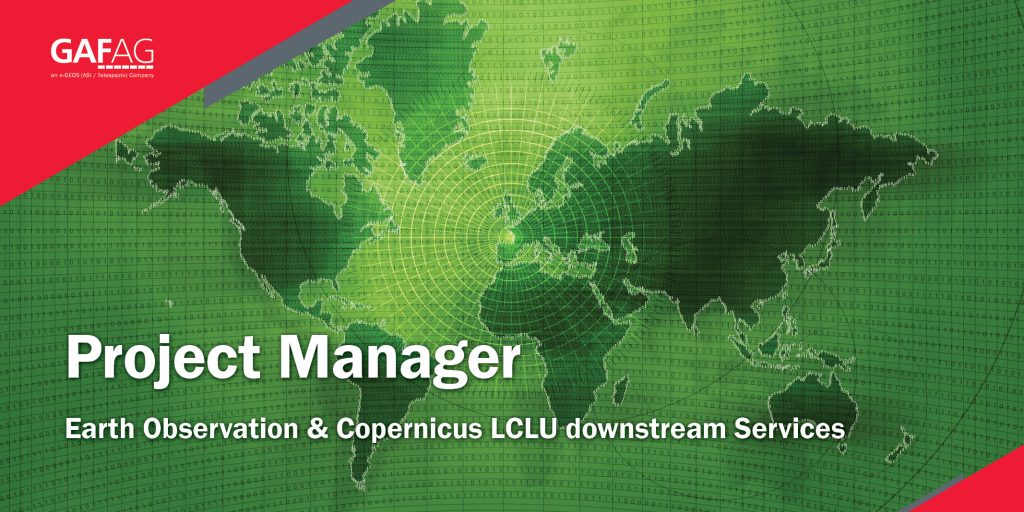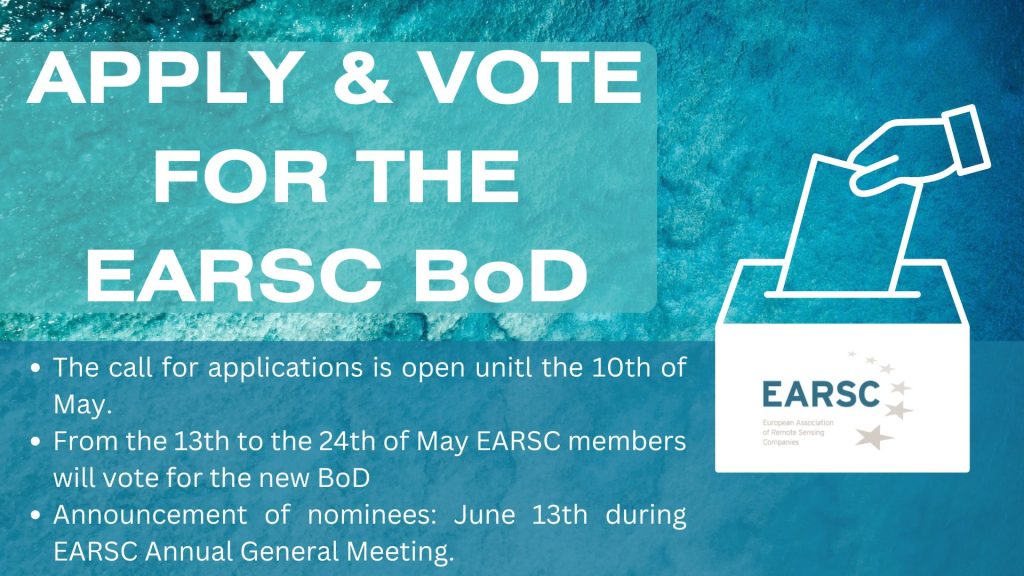
The voice of the Earth Observation
Industry
Barents bloom, Sentinel-2A - processed by ESA, CC BY-SA 3.0 IGO

Discover the largest European
Earth Observation Network
Lake Balkhash, Kazakhastan, Sentinel 2 - processed by ESA, CC BY-SA 3.0 IGO

EARSC promotes the understanding
of our Planet for societal benefits
Brussels, Spot 5 Sqtellite - Airbus Defence and Space
EARSC 4 Pillars
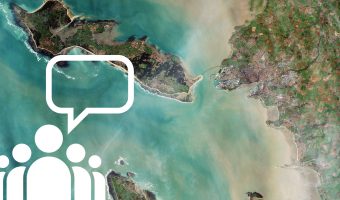
Representing the Members
The core pillar of our activities is to support and promote our members. We achieve this goal mainly through projects which we undertake (see projects). Members’ views are gathered through a series of ad-hoc working groups dedicated to important topics. We inform our members through a monthly report and a dedicated portal about important news and information, as announced bid opportunities – and dedicated e-mails for key items.
Read More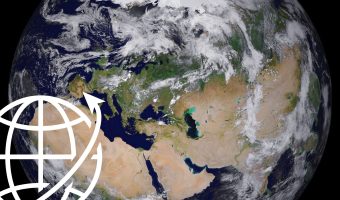
Market development & Internationalization
EARSC is engaged in a wide range of activities to develop new markets and business opportunities for our members. Our strategy is to engage users, identify needs and stimulate demand for European EO services both in Europe and abroad with complementary commercial and geographical approaches.
Read More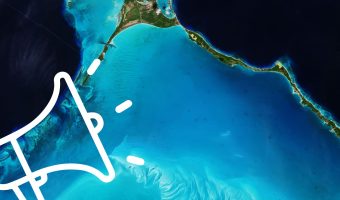
Promoting the industry
EARSC employs a range of sophisticated digital tools to promote the European EO sector. EARSC has three main digital tools which cover creating a shared vocabulary (EARSC TAXONOMY) , providing a common space to find EO companies, and a common space to discover ‘online’ EO services.
Read More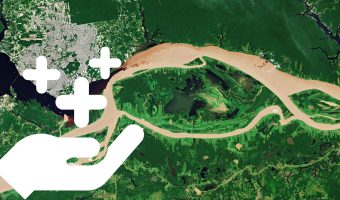
Showing the value of Earth Observation
The Earth observation sector delivers a wide range of social and environmental and economic benefits to citizens of Europe and the world. To properly and consistently value these impacts, EARSC leads the Sentinel Benefits Study (SeBS) project in which we measure the total societal impact of products and services coming from Sentinel satellite data.
Read MoreEARSC NEWS
Astrium to supply radar instrument for the “Space Sentinel”
Astrium is writing another chapter in its space radar success story: Following the radar instruments for the ERS1/2, Envisat and Metop satellites, the company is to develop and build the latest imaging radar for an ESA satellite. The devel-opment and delivery contract is to be signed in Friedrichshafen today by Massimo Di Laz-zaro, Senior Vice
PCI Geomatics to support satellites WorldView-1 and TerraSAR-X along with improvements for ALOS
PCI Geomatics to support satellites WorldView-1 and TerraSAR-X along with improvements for ALOS
Infoterra France Seals Technology Deal with Google
Infoterra France Seals Technology Deal with Google Toulouse, France, November 15th, 2007 Infoterra France, a leading provider of geo-information products and services for managing the development, environment and security of our changing world, has landed an agreement with popular search engine Google, to provide them with a unique image processing technology that will be
Chinese put up hush-hush observation satellite
China orbited a secretive Earth observation satellite during an unannounced launch Sunday from the Taiyuan space center in the northern part of the nation. Liftoff of the Yaogan 3 satellite was at 2248 GMT (5:48 p.m. EST) Sunday, or in the predawn hours Monday morning at the launch site. The Long March 4C booster left
The MINEO Project: Earth Observation of mine pollution in Europe
The MINEO Project: Earth Observation of mine pollution in Europe Stuart Marsh, Head of Remote Sensing, British Geological Survey Europe has a history of mining activity that dates back to prehistoric times. Whole regions are affected by the results of this activity, and also by the more recent industrialised phase of mine development. Increasingly, the
Central Networks signs 3-year licence agreement for GeoPerspectives aerial photography
Photography will support adherence to new BERR requirements under ESQC regulations
Melting ice to threaten shipping
During the last 25 years, satellites have been observing the Arctic and have witnessed reductions in the minimum ice extent. At the end of summer in the early 1980s this area measured approximately 8 million km²; now in 2007, this area has massively shrunk to a historic minimum of less than 4.24 million km² according to observations made by the ESA’s Envisat satellite. This change will have serious consequences for shipping in the arctic.
Satellite Imagery is Now Commonplace – So What’s Next?
Businesses and Consumers Desire Ground Level Images of Objects and Structures Seen in Satellite Photos
'Sentinels' to help fight climate battle?
Source A European project to monitor the continent’s climate from space could provide a boost in the fight against climate change. The Global Monitoring for Environment and Security project (GMES) will eventually consist of five satellites – or ‘sentinels’ – which will monitor different climate elements. The project has been jointly developed by the European
BULGARISK: Satellite imagery supporting operational hazard management in Bulgaria
Bulgaria is highly exposed to natural and man-made hazards, as evidenced by repeated flooding and pollution in the Danube river basin, earthquakes, fires, and pollution in the Black Sea. As Europe is working to organize the security and defence of its populations and monitor the environment through the GMES programme, the increasingly frequent disasters that
EARSC EVENT 2008:Is GMES an opportunity for the service industry? March 2008 – Brussels, Belgium
GMES has been hailed since 1998 and the Baveno Declaration as one of the flagships of Europe not only as a giant step forward in the monitoring of the environment but also as a key political framework and a possible boost to Europe in terms of scientific and technology advances as well as in terms
Experts urge UK to back climate change satellite
Climate change monitoring satellite could warn businesses of flooding and aid insurance industry risk calculations, yet the government is flip-flopping on the EU initiative
Tele Atlas Gives TomTom One Week to Counter Garmin
Tele Atlas NV is giving its original merger suitor, TomTom, a week to match Garmin’s counter merger bid. Tele Atlas said that it had received Garmin’s proposal, and that its management and supervisory boards “have concluded that the Garmin proposal qualifies as a superior proposal, as defined in the TomTom agreement.” It further said it
ANUSAT to help Anna University conduct leak-free exams
Anna University is constructing its own satellite ANUSAT to conduct not only leak-free exams but also to foster interest in Earth observation and space technology among students and faculty and to provide hands-on training for all aspects of spacecraft building and operations support. With the development of this project, the varsity has become the first
Public view: INSPIRE Draft Implementing Rules
The INSPIRE Draft Implementing Rules for Metadata
(version 3) are now available for public view and
comments.
Roadmap for calibration and validation
The volume of data acquired by more than 50 Earth Observation satellites is increasing at an exponential rate and is providing unprecedented synoptic views of our planet. Because these satellites often use different methodologies, using data for trend analysis and environmental monitoring can be difficult, making it essential to establish globally recognised guidelines for Calibration
MEMBERS NEWS


